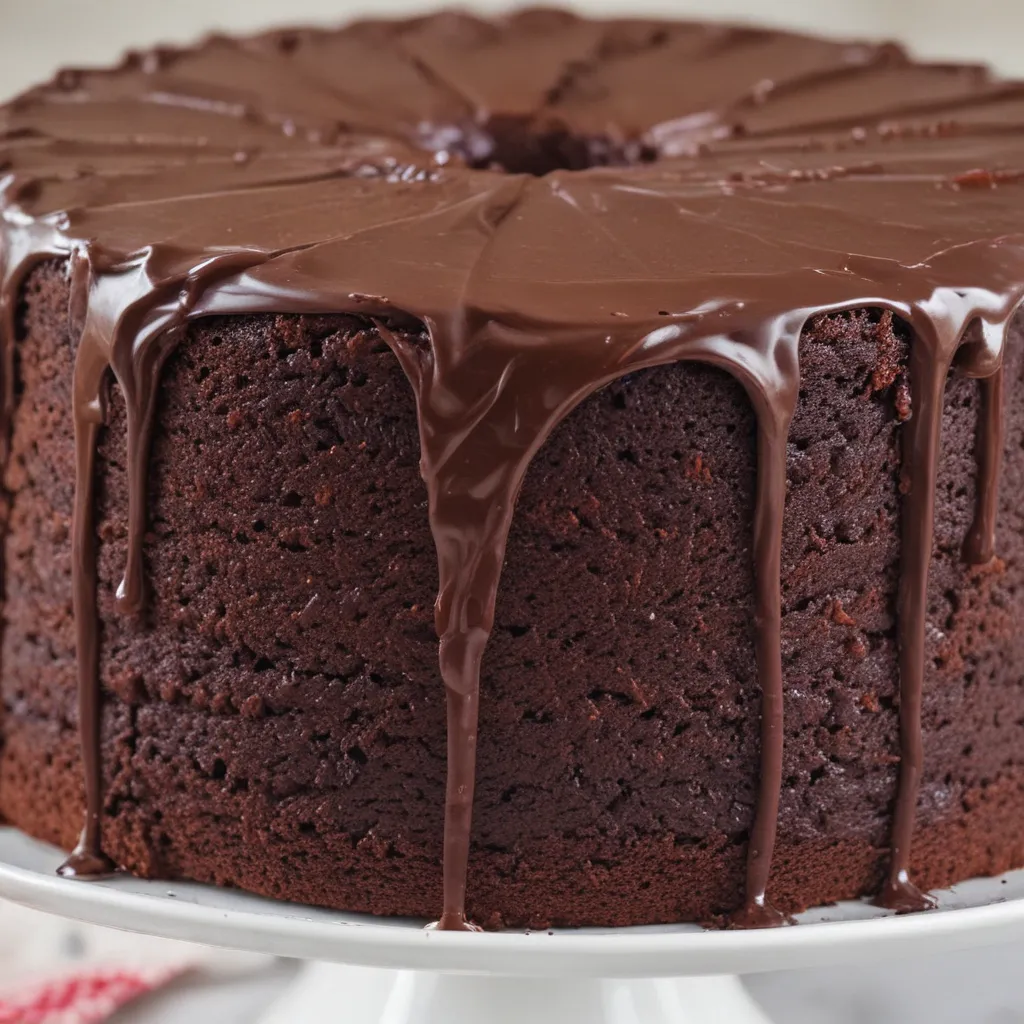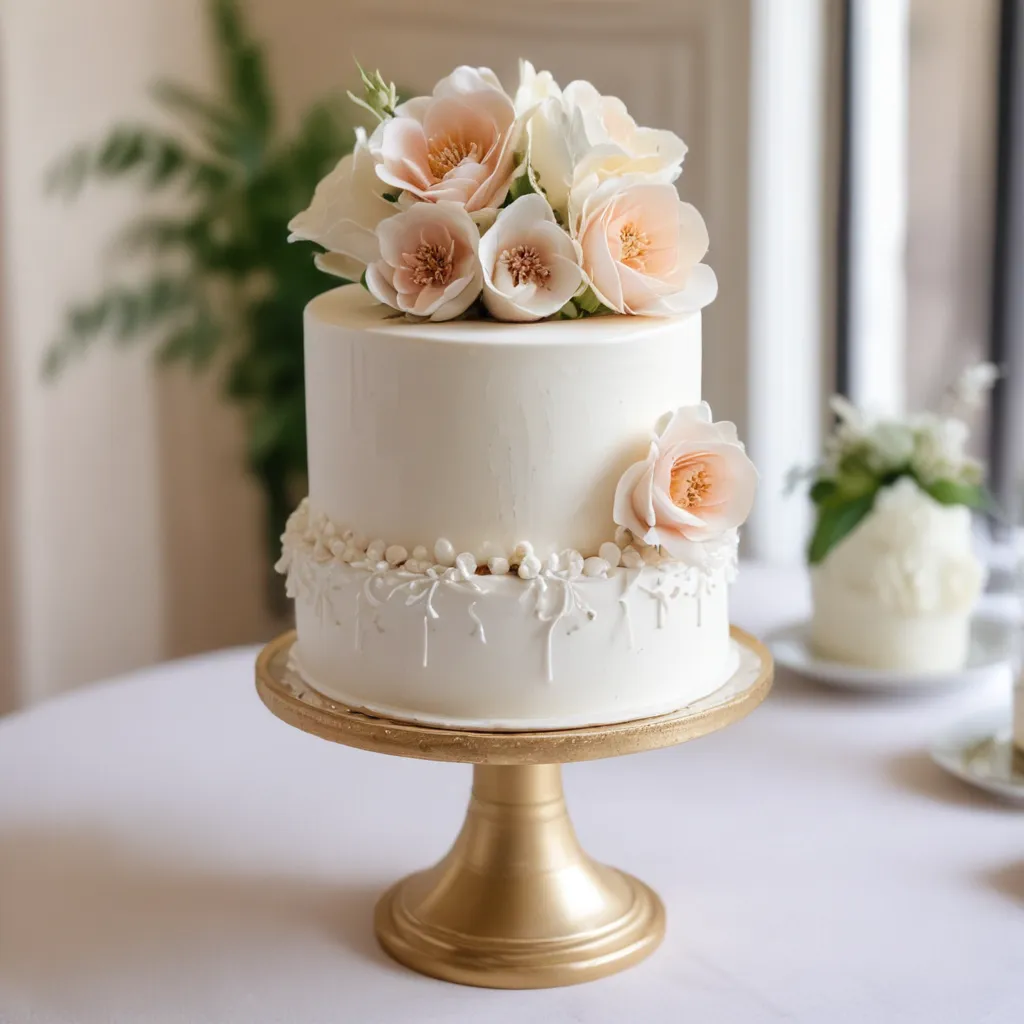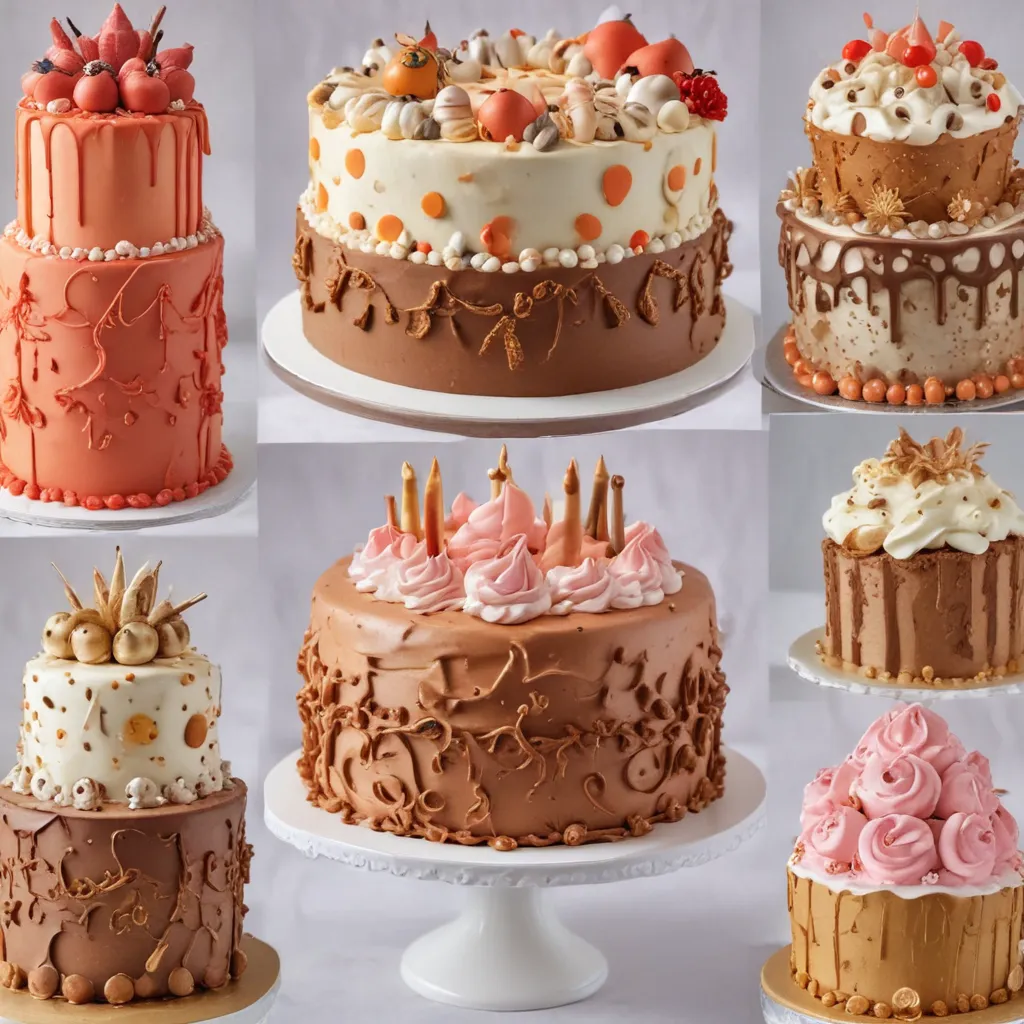Ah, the art of cake baking – a delicate dance between ingredients, technique, and a little bit of magic. As the proud owner of Jax Cake Shop here in San Jose, I’ve seen it all when it comes to cake-related conundrums. From sunken centers to dry crumbs, the common cake baking mistakes can be downright maddening. But fear not, my fellow bakers! I’m here to guide you through the minefield of cake calamities, equipping you with the knowledge and tools to create towering, moist, and downright delectable confections.
Understanding the Basics: Ingredient Measurements and Ratios
Let’s start with the foundation – the ingredients themselves. You see, baking is a precise science, where even the slightest deviation from the recipe can spell disaster for your cake. One of the most common mistakes I see is improper ingredient measurements. Whether it’s accidentally using too much flour or not enough sugar, these mishaps can lead to a cake that’s as dry as the Sahara or as dense as a brick.
To avoid such catastrophes, I always recommend using a digital scale to precisely measure your ingredients. Cups and spoons can be notoriously unreliable, especially when it comes to dry goods like flour. Trust me, the extra few seconds it takes to weigh everything out will pay dividends in the end. And don’t forget to pay attention to the ratios between your ingredients – the delicate balance between fat, flour, and liquid is what gives a cake its perfect texture.
Speaking of textures, let’s talk about one of the most frustrating cake-related conundrums: the dreaded sunken center. This maddening phenomenon can be caused by a variety of factors, from overmixing the batter to opening the oven door too often during baking. But one of the most common culprits? Incorrect ingredient proportions.
If your cake is consistently sinking in the middle, it might be time to take a closer look at your recipe. Are you using enough leavening agents like baking powder or baking soda? Are you incorporating the right amount of fat and sugar to support the structure? These are the kinds of questions you’ll need to ask yourself to get to the root of the problem.
Mastering the Mixing and Baking Techniques
Of course, it’s not just the ingredients that can make or break your cake – the way you handle the batter and the oven can also have a significant impact. One of the biggest mistakes I see home bakers make is overmixing the batter. While it might seem like a good idea to really work that flour in, overworking the gluten can result in a tough, chewy texture that’s the antithesis of a light, airy crumb.
To avoid this, I always recommend mixing your dry ingredients and wet ingredients separately, and then gently folding them together until they’re just combined. Resist the urge to beat the batter within an inch of its life – trust me, your cake will thank you for it.
And speaking of the oven, that fickle beast can also be the source of many a cake-related conundrum. Ever had a cake that’s burnt on the outside but still raw in the center? Yeah, that’s a problem I’ve seen all too often. The culprit? Uneven oven temperatures.
To combat this, I always recommend investing in an oven thermometer. You’d be amazed at how much your oven’s temperature can vary from what the dial says, and that discrepancy can wreak havoc on your baking. Once you’ve got that thermometer in place, pay close attention to any hot spots in your oven and adjust your baking accordingly. And for goodness’ sake, resist the urge to open the oven door too often – that’s a surefire way to disrupt the delicate baking process.
Perfecting the Finishing Touches: Frosting and Decorating
Now, let’s talk about the fun part: frosting and decorating. After all, what’s a cake without a luscious, creamy topping and a dazzling array of decorations? But even here, there are plenty of opportunities for things to go awry.
One of the most common frosting-related mistakes I see is using the wrong type of frosting for the job. For example, trying to frost a delicate, airy cake with a heavy, dense buttercream can result in a mess of crumbs and a frosting that just won’t stick. On the other hand, using a light, fluffy frosting on a dense, moist cake can lead to a frosting that slides right off.
The key is to match your frosting to the texture and density of your cake. For light, airy cakes, you’ll want a frosting that’s equally light and ethereal, like a meringue-based Swiss buttercream or a silky-smooth whipped cream. For denser cakes, you’ll want a sturdier frosting that can stand up to the weight, like a classic American buttercream or a rich, fudgy ganache.
And let’s not forget the decorations! Ah, the temptation to go overboard with the sprinkles, the edible glitter, the fondant figurines. But trust me, sometimes less is more when it comes to cake decor. I’ve seen many a beautiful cake ruined by a cloying excess of embellishments.
The key is to let the cake itself shine. Choose decorations that complement the flavors and textures, and don’t be afraid to keep things simple. A well-executed drip cake or a cascading array of fresh flowers can be just as stunning as a cake covered in intricate fondant work. The goal is to create a confection that’s both visually appealing and an absolute delight to eat.
Real-Life Cake Calamities (and How I Solved Them)
Now, I know what you’re thinking – all of this sounds great in theory, but what about real-life examples? Well, let me tell you, I’ve seen it all here at Jax Cake Shop. From cakes that have collapsed like a souffle to frosting that’s as stiff as concrete, I’ve had to put on my problem-solving hat more times than I can count.
Take the time, for instance, when one of my bakers accidentally used baking soda instead of baking powder in a delicate chiffon cake. The result? A cake that was as flat as a pancake, with a distinctly metallic aftertaste. Yikes! But with a little troubleshooting, we were able to trace the issue back to the ingredient mix-up and come up with a solution.
The key, in that case, was to start from scratch with a new batch of batter, this time double-checking every single ingredient. We also made sure to beat the egg whites to the perfect soft peak stage, which helped provide the necessary lift and structure to the cake. And voila – a fluffy, perfectly risen chiffon cake, ready to be frosted and devoured.
Or how about the time a customer ordered a towering, multi-tiered wedding cake, only to have it arrive at the venue looking like the Leaning Tower of Pisa? Turns out, the issue was with the cake boards – they were too thin and flimsy to support the weight of the tiers. But with a quick trip to the hardware store and some sturdy plywood, we were able to reinforce the structure and save the day.
The moral of the story? No matter how daunting the cake catastrophe, there’s always a solution if you’re willing to put on your thinking cap and get a little creative. And that’s the beauty of this business – every challenge is an opportunity to learn, grow, and become an even better baker.
Embracing the Unexpected: The Joy of Cake Baking
You know, as much as I love sharing my hard-earned cake baking wisdom, there’s one thing I’ve learned over the years: the true joy of this craft lies in embracing the unexpected. Because let’s be honest, no matter how carefully we plan and how diligently we follow the recipe, there will always be those moments where things go a little… off-script.
But you know what? I’ve come to see those unexpected twists and turns as the spice of life. After all, what’s the fun in baking the same perfect cake over and over again? Where’s the adventure in that? No, the real magic happens when you step out of your comfort zone, when you try a new technique or experiment with a bold flavor combination.
Sure, sometimes those experiments might result in a cake that’s a little lopsided or a frosting that’s a touch too sweet. But that’s all part of the journey, isn’t it? And you know what they say – the only way to get better is to keep practicing. And practice we shall, my friends, because at the end of the day, there’s nothing quite like the thrill of pulling a freshly baked cake out of the oven, knowing that you’ve created something truly special.
So the next time you find yourself staring down a baking blunder, don’t despair. Instead, take a deep breath, grab a whisk, and get ready to problem-solve your way to baking greatness. Because trust me, the sweet taste of success (and the even sweeter taste of a perfectly moist, fluffy cake) will make it all worth it.
And if you ever find yourself in the San Jose area, be sure to stop by Jax Cake Shop – we’d be more than happy to share our cake baking expertise, and maybe even a slice or two of our latest creation. After all, what’s a cake without someone to enjoy it with?





